Extreme weather linked to child stunting in Pakistan
Study links heatwaves, heavy rains, and droughts to malnutrition in Pakistani children under two years of age
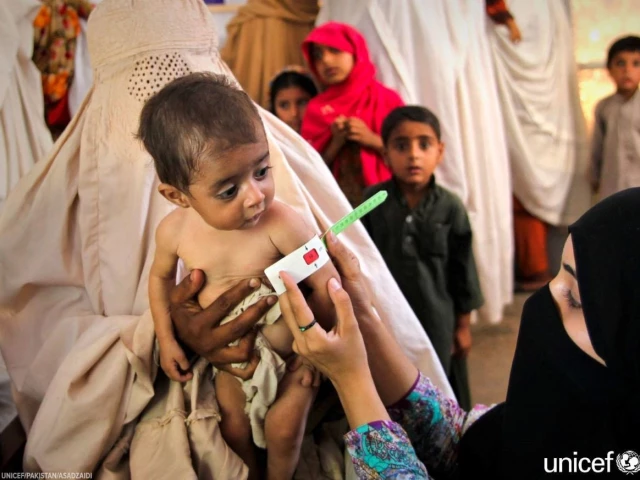
Pakistan ranks among the countries most vulnerable to climate change. A first-of-its-kind study has revealed another dimension to the crisis — extreme weather events are contributing to wasting and stunting in infants across the country.
A paper published in The American Journal of Clinical Nutrition reports that extreme conditions such as heatwaves, torrential rains, and prolonged droughts are linked to malnutrition in children under 24 months of age.
While poverty, food insecurity, and poor maternal nutrition are established causes of child stunting and wasting, the new analysis suggests climate factors like high temperatures and heavy rainfall also play a significant role. The findings highlight the need to integrate climate action into nutrition strategies.
Using geo-tagged data from Pakistan’s 2011 and 2018 National Nutrition Surveys, researchers analysed anthropometric data from 29,887 children (9,231 from 2011 and 20,656 from 2018).
They linked dietary intake and food security data from 140 districts to high-resolution meteorological data — including temperature, water vapour, and soil moisture — as well as agricultural production figures for edible crops.
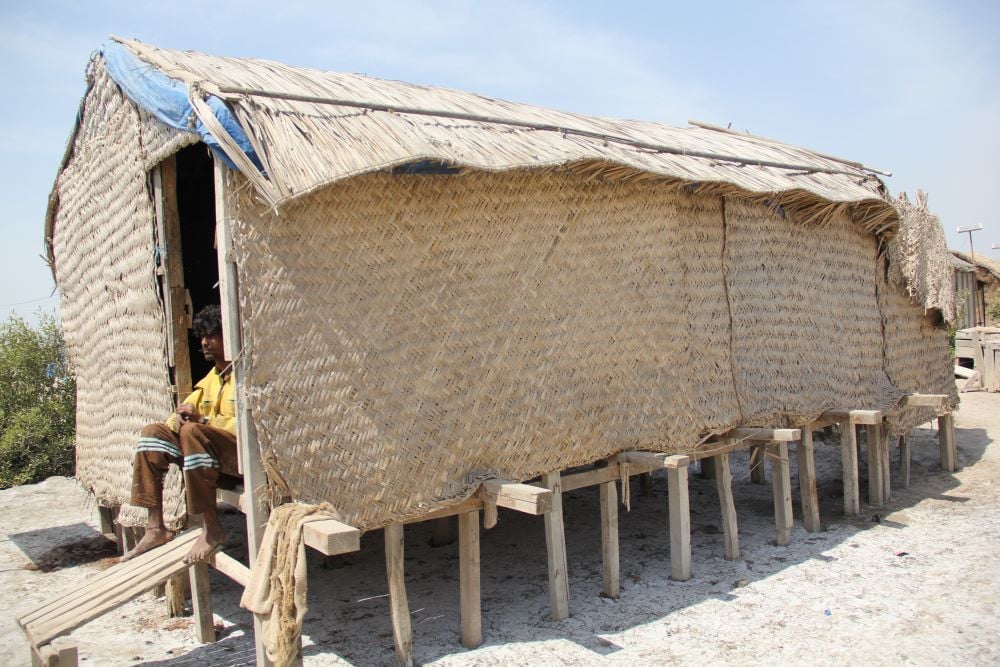
A fisherman sits on a raised wooden shack in Kharo Chhan area of Sindh Delta. Photo: Author
Mean temperature and precipitation data were sourced from a 5-km grid dataset covering 1981–2017. The team measured children’s Length-for-Age Z scores (LAZ) and Weight-for-Length Z scores (WLZ), standard indicators of stunting and wasting.
Dr Zulfiqar Bhutta, a leading expert on maternal and child health, told The Express Tribune that extreme weather must now be considered alongside other known factors such as premature birth, poor maternal diet, and poverty.
“Extreme heat and heavy rains are two factors that cannot be ignored,” he stressed. He also cited a November 2024 study showing that prolonged heatwaves — particularly affecting children under two — can impair metabolism, with effects lasting for much of their lives.
The research identified Balochistan and Sindh as the warmest and driest provinces, with the highest rates of stunting and wasting. After accounting for other variables, the team found that each 1°C rise in average temperature was linked to a reduction in LAZ scores among children under two. Similarly, each 1 mm increase in rainfall or snowfall was also associated with lower LAZ scores.
A 2020 study in Ethiopia found that mothers exposed to high temperatures during pregnancy — especially in the first and third trimesters — were more likely to have severely stunted children.
Extreme rainfall and floods
Heavy rains and flooding have become the “new normal” in many parts of Pakistan. A study published in Nature found that climate factors drove the catastrophic August 2022 floods, which killed 1,486 people and caused $30 billion in damages.
Pre-monsoon rainfall that year was 111% above the 1951–2021 average, while monsoon rainfall was 547% above normal levels.
The study also noted that heatwaves accelerated snowmelt, triggering seven glacial lake outburst floods and increasing flows in the Indus River. In 2022, southern Pakistan saw up to eight times more rainfall than normal, marking the wettest period in over 60 years.
Researchers urge that climate factors be formally included in child health planning and policy-making.
The study is a joint effort by the Institute for Global Health & Development at Aga Khan University and the Centre for Global Child Health at the Hospital for Sick Children, Toronto.
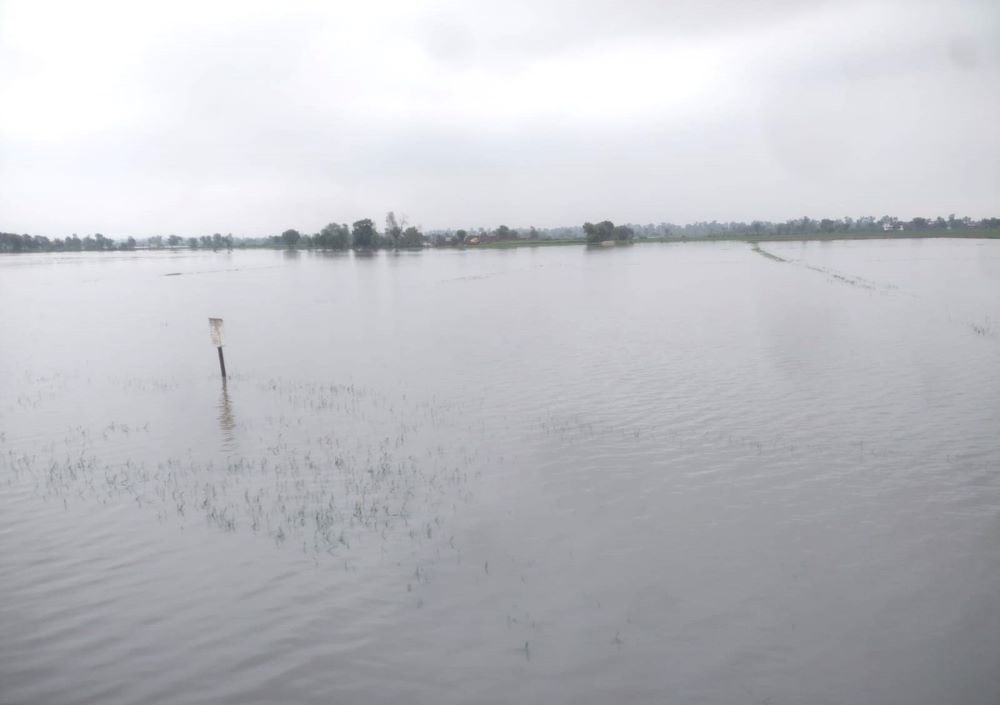
A view of flooding near the Jehlum area. Photo: Author
Pakistan hit by record 2025 rains
Pakistan also witnessed record rain, snow melting, land sliding and GLOF events in 2025. Punjab Provincial Disaster Management Authority (PDMA) spokesperson Chaudhry Mazhar confirmed that the monsoon season started earlier than usual this year.
"Typically, the monsoon season begins around July 15, but in 2025 it began as early as June 25 – previously considered a pre-monsoon phase. This year's early rains were exceptionally intense, and the monsoon continued until mid-September,” he added.



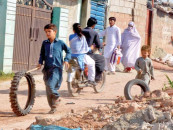





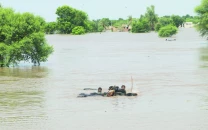












COMMENTS
Comments are moderated and generally will be posted if they are on-topic and not abusive.
For more information, please see our Comments FAQ